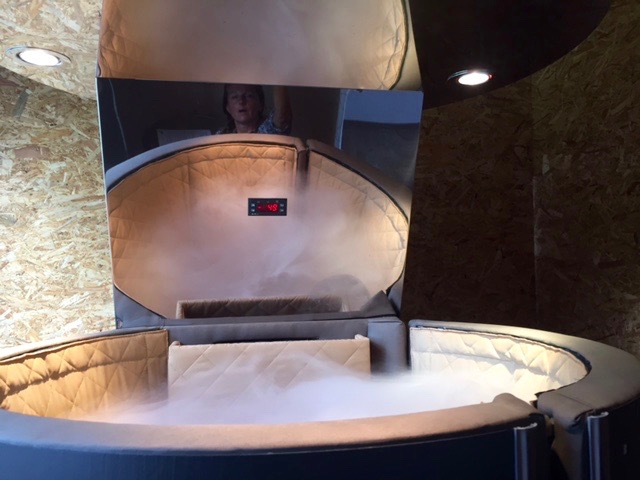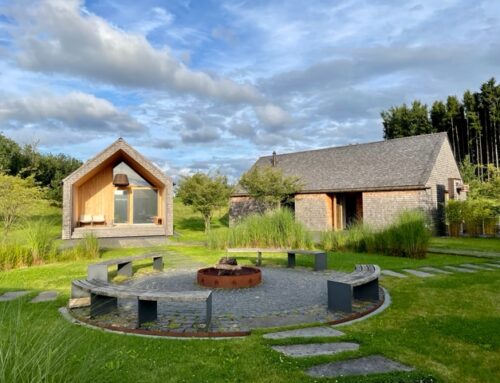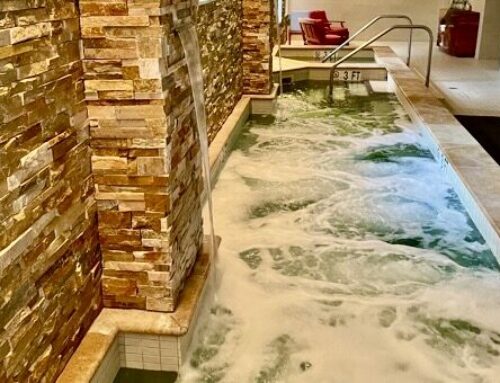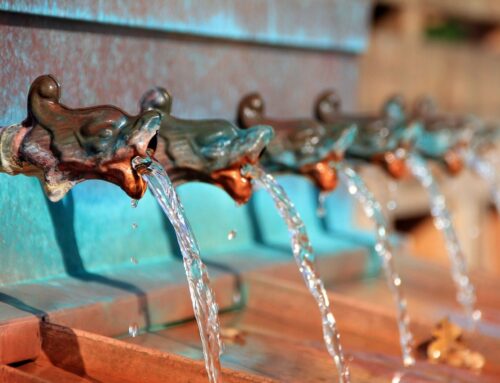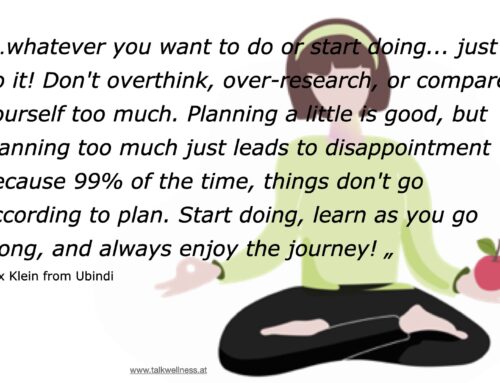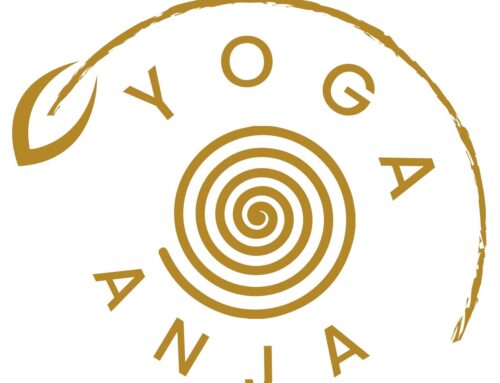Cryo Therapy – Ice Age 2.0
What was the coldest temperature you have ever experienced?
For me until now it was -37 C, which was not so unusual in Finland back in 1985 in January and now seems quiet warm compared to what I am to experience next: cryo therapy at -150 C!!!
Wolfgang from CoolTech, a company in Austria that represents one of the three major manufacturer of the cryo sauna, invites me to the beautiful and stunning Lech valley for a trial.
Wolfgang to me is the ice geek.
He (by the way speaks excellent English) has such great knowledge, it is fun and highly interesting listening to him. He not only tells me about all the technical details of the cryo sauna, the costs, the handling, the treatment etc, but also about his experiences as a trained mountain rescue guard, dealing with victims of avalanches and a phenomenon called ‘rescue death’.
Sorry I am getting distracted here. Back to the facts.
The modern approach to cold therapy called cryo therapy was born in 1980 and has well reached a fix spot in modern medicine today.
The idea is to expose the human body to extreme temperatures for about 2 to 3 minutes, in order to trigger and benefit from the brain’s reaction to the extreme cold.
Ice Cold Beauty Secret Cryo Therapy
Cryo Therapy is used in three different areas health, sports and beauty.
In medicine and pain therapy it is said to have helped the treatment of
- frozen shoulder
- periarthritis in tendon, joint, muscle
- chronicle and pathological pains
- postoperative, acute and sports injuries
- tendon and muscle sprain
- luxation and dislocation of joints
- rheumatic diseases of soft tissue
- inflammations
In sports and for athletes it is said to help in
- speeding up regeneration after work out
- supporting workout in increasing performance (stamina and strength)
- preventing overload of locomotor system
- shortening rehabilitation time after injuries
(like apparently used by Christiano Ronaldo, Frank Ribery, Mark Webber and Robbie Maddison) - for recovery immediately after workout or training
- for gaining energy – used about 20 min before training (in preparation for a championship or tournament for example, the cryo sauna can be used on a daily basis for a few weeks, sometimes even twice, before and after the training session.)
Cryo Therapy has also found its way to beauty & wellness, where it may help with
- physically and mentally exhaustion
- fat burning
- cellulite
- regeneration of problem skin
- skin toning (apparently used by celebrities such as Demi Moore, Amy Heart, Daniel Craig)
Spa Geek Knowledge
The term ‘cryo’ comes from the Greek word ‘kryos’ meaning cold.
The cryo sauna or chamber treatment must not be confused with ice baths, ice packs or those forms of cold treatment.
In the ice bath (for example used by football athletes), the body is exposed to the ice cold water, actually cooling down the body’s core temperature, as well as ‘icing’ muscles, bones and tissues etc. After the ice bath, the athlete must under no circumstances attempt to move or even work out immediately, until the body and blood is warmed up again to a working temperature. Much like a car engine really.
The idea of the cryo sauna at a temperature of minus 150 C affects differently: aim is not to cool down the body, but to trigger the brain by exposing the body to an extreme and cold environment for a very short time, which may activate self healing properties. This is why an athlete is in no danger when working out right after the cryo session.
Cryotherapy roots in Kneipp therapy, where ice cold water is used. Sebastian Kneipp suffered from tuberculosis in 1849, when he read a book about water therapy. He then bathed in the ice cold Danube river for a couple of seconds at a time, and regained his health.
Two different scenarios of cryo therapy
There are basically to ways for a full body cryo therapy
in a chamber
in a cubicle
The Cold Chamber
Resembles a hot sauna. It is a room, in which the person enters entirely, standing or walking around for the suggested time. The disadvantage is that the candidate inhales the gas mix (needed to cool down the air) and cold air, as well as exposing delicate body parts such as the head (ears, eyes etc) to the extreme cold.
Investment and operating costs for this version are rather high (up to several hundred thousand Euro for a chamber), further disadvantages are that there is no direct contact between the therapist and the patient, temperature cannot be adjusted individually.
The Cold Sauna Cubicle
Reminds me of a spray tan cubicle. Looking like a barrel with no lid, the person’s head sticks out during the treatment. The advantage is obvious: one breathes ‘normal’ well tempered air as the head is not exposed to the cold; and even the hands can be lifted above the cold line.
The cryo sauna brings a safety advantage as well: the therapist or attendant is constantly in direct contact with the person, can speak to them, and react to discomfort instantly. Plus time and temperature settings can be individually adjusted. There is no special outfit needed to enter the cryo sauna cubicle, a swim trunk or underwear is just fine.
Some Operational Facts about the Cryo Sauna
- low investment, low operating cost and almost no maintenance cost
- space requirement about 10 to 15m2 (includes a changing area)
- easy to operate, the therapist or attendant does not need further medical training and is trained for operation by the manufacturer
- modular construction, easy to assemble and dismantle, i.e. if setting up elsewhere
- certified by TÜV Rheinland (a global provider of technical, safety, and certification services, located in Germany)
Research on Cryo Therapy
Although no large scale research has been conducted so far (coming up though!), a questionnaire to people who have used the cryo sauna for about 10 times in a row gave answers to following questions:
“Does the whole body cryotherapy improve the fitness?”
- 44 % true
- 42 % almost true
- 14 % did not know
“Does the whole body cryotherapy improve the fitness recovery?”
- 53 % true
- 35 % almost true
- 12 % did not know
To both questions nobody answered with “wrong” or “almost wrong”.
My experience
Before entering the cubicle, Wolfgang asks me a few questions, about my blood pressure, infections, and inflammations.
I was so NOT looking forward to this one… I hate being cold, and I pictured the session to be impossible for me to endure.
This is why I send my husband in first, and when he came out unharmed and smiling, I gave it a try.
I step into the cubicle through the open door, which is closed by the attendant. He advises me to raise my hands above ‘ice’ level, as the cold can be quiet painful to the smaller extremities such as fingers and toes. This is why I wear those sexy but warm slippers on my feet…
I seem to adjust easily
At first however I fell extremely cold, the first 20 seconds were no fun. But somehow I seemed to adjust to the temperature and felt actually comfortable over time, until feeling colder again towards the end. I managed the full and pre-set 2 minutes (which is the usual amount of time for first-timers), when the attendant opens the door (locked with magnets) and assists me in stepping out. And that was it. The entire session did not take longer than 5 minutes in total.
My skin is slightly reddened and cold to the touch afterwards, much like in winter after a day in the snow. A little pins and needles on my thighs. The redness and cold feeling vanish after a short while, I would say maybe 10 to 15 minutes.
I fully understand that no treatment done only once can make a big difference, and I did not expect a miracle after my first cryo sauna session, however the immediate feeling is: refreshed! I feel uplifted, invigorated, and energised.
Hot and Cold – Cryo Sauna in the Wellness Hotel?
My most important question was “How would the cryo sauna work in a wellness area? Would hot and cold experiences match or exclude each other?”
Although hot and cold treatments in this case partially exclude each other (a heat experience such as a steam room or hot sauna should not be used within 6 hours of a cryo session), I can totally see the two experiences working together in a wellness area of a hotel spa.
I picture it this way: The wellness hotel guest has his cryo session in the morning prior to a day full of activities such as hiking, biking, skiing etc. and visits the warm spa experiences in the evening.
Looking at investment, operating, revenue generating space in a spa, I would sincerely look into adapting this innovative treatment to my spa:
- the time slot for each guest is short, about 5 to 15 minutes only (including changing etc)
- one service provider can operate and assist lets say 10 to 15 people per hour
- space requirement is small, revenue generating space in the spa increases
- new and innovative service, sets the business apart from competition
- with an average stay of about 3.6 nights (figure by the chamber of commerce Austria), a guest can benefit from a series of 4 to 6 treatments during his stay
If you wish to know more and how to integrate this innovative offer to your wellness area, please do not hesitate to contact Mr ‘ice geek’ Wolfgang Lausecker from CoolTech.
Disclaimer
This is a report of my personal experience with, and my assessment of a cryo therapy treatment and does not replace medical advise. It is not a recommendation for individual treatment, but meant as professional advise for business development. The author does not take responsibility for results or outcome of activities by readers. Everyone is responsible for their own doing. Please always consult your doctor before trying new products or therapies.

